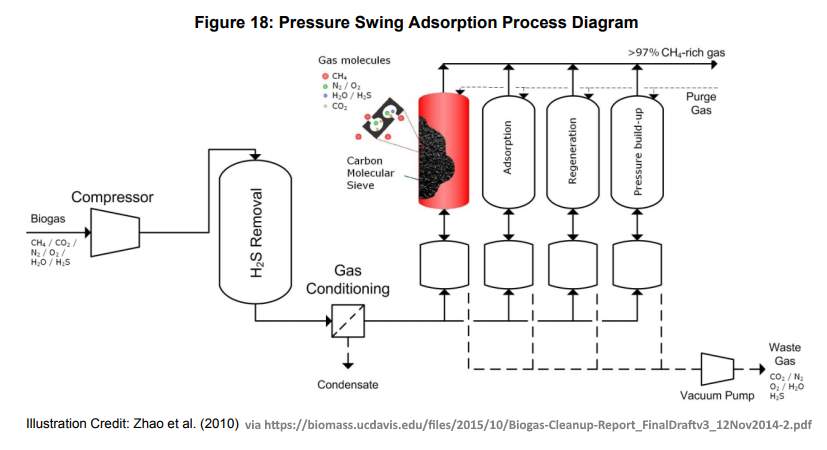Forever chemicals is a nickname for a group of man-made chemicals known as PFAS—per- and polyfluoroalkyl substances. They’re called “forever” because they don’t break down easily in the environment or in the human body, and they can persist for decades.
There are thousands of PFAS, but some of the most studied include
-
PFOA (Perfluorooctanoic acid)
-
PFOS (Perfluorooctane sulfonate)
-
Genx chemicals (a newer group, meant to replace older PFAS but with similar risks)
🏭 Where Are PFAS Found?
PFAS are used in a wide variety of consumer products and industrial applications because of their resistance to heat, water, and oil. You’ll find them in:
-
Non-stick cookware (Teflon)
-
Water-repellent clothing
-
Stain-resistant fabrics and carpets
-
Fast food wrappers and microwave popcorn bags
-
Cosmetics (especially waterproof products)
-
Cleaning products
-
Firefighting foams
-
Paints and sealants
-
Some drinking water supplies (due to industrial discharge or firefighting foam use)
☠️ Why Are They Dangerous?
PFAS builds up over time in humans, animals, and the environment. Scientific studies have linked exposure to a range of health problems:
🧬 Health Risks:
-
Cancer (kidney, testicular)
-
Liver damage
-
Thyroid disease
-
Weakened immune system
-
Hormonal disruptions
-
Developmental issues in children and fetuses
-
High cholesterol
-
Decreased vaccine effectiveness
Even very low levels of exposure over time may be harmful.
🌍 Environmental Impact
-
PFAS contaminate water sources, soil, and air.
-
They bioaccumulate – meaning they move up the food chain and become more concentrated in animals and humans.
-
Cleanup is very difficult and costly, and many sites remain contaminated for years.
⚖️ Are They Regulated?
Regulation varies by country, but governments are slowly catching up:
-
The U.S. EPA is working to limit PFAS in drinking water, proposing new enforceable limits.
-
The EU is pushing for a near-total ban on PFAS in non-essential uses.
-
Several countries have banned or restricted specific PFAS compounds (like PFOA and PFOS).
-
Lawsuits against companies like DuPont and 3M have brought major attention to PFAS pollution.
🛡️ What Can You Do?
While it’s hard to avoid PFAS completely, here are some steps you can take:
✅ Reduce Exposure:
-
Avoid non-stick cookware made with PTFE/Teflon
-
Check labels: Avoid "water-resistant" or "stain-repellent" clothing/furniture unless labeled PFAS-free
-
Filter your water: Use activated carbon or reverse osmosis filters
-
Avoid fast food packaging and microwave popcorn
-
Choose PFAS-free cosmetics and personal care products
-
Support and vote for environmental regulations and cleanup efforts
🧩 Key Takeaways:
| Topic | Summary |
|---|---|
| What are they? | Man-made chemicals that don’t break down easily |
| Why are they bad? | Linked to cancer, liver damage, hormonal issues, etc. |
| Where are they? | Everyday items like cookware, packaging, clothes, water |
| Can we get rid of them? | Very difficult; prevention is key |
| How to protect yourself? | Avoid PFAS-laden products, filter water, stay informed |







